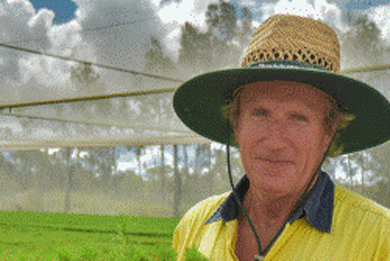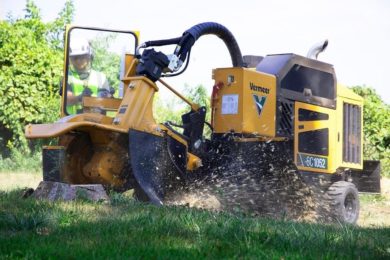This paper gives an overview of the concerns, perceptions and reactions surrounding ‘Conversions’. Given the universal appreciation of the importance of forests, especially tropical forests, and concern at their potential demise the solution appears to be to simple – either leave them alone or replace the trees that we use. So why has the debate raged for decades? Well, it isn’t simple at all. Society depends on forests for so many things. They cleanse the air we breathe and help stabilise our climates. They also provide resources and shelter for indigenous peoples and raw materials for global industries. Everyone agrees that forests need to be managed sustainably but opinions differ as to how this can be achieved.
Deforestation is the term generally used to describe the destruction of forests. It is applied to forests where the land has been cleared and used for non forest purposes such as agriculture or building. It can also be used, often inaccurately, to describe forests that have been changed or “degraded” for example by the planting of non-native species, or increasing the density of planting. There is general acceptance of the generic use of deforestation in its strict sense, but there is often a major debate about the significance of change or degradation.
Climatic conditions determine forest types, for example tropical or boreal. They are further categorised by the way they are managed into two main groupings, natural, and planted. Natural, semi-natural and modified natural, are all terms used to describe forests that house native species where there may, or may not, have been human intervention. Planted forests encompass indigenous and introduced species, and plantations generally include just a few species of native and/or introduced species of even age and regular spacing.
Until quite recently the perceived wisdom was that as long as more trees were planted than were used, forests would last for ever. Once the issue of deforestation had been planted firmly on the political agenda and in the public psyche, environmental groups laboured hard to broaden the debate from a question of quantity to quality of forests. Thus issues such as biodiversity, indigenous peoples’ rights and conversions began to feature.
Forest conversions, especially the conversion of ‘natural forests’ to ‘plantations’ has emerged as an important issue. Basically ‘conversion’ means the changing of one thing into another and it can therefore be legitimately used to describe the conversion of non-forested land into forests, but unfortunately it is now generally used in a negative context.
As with so many debates surrounding forestry issues, definitions are crucial. A plethora of organisations have developed views and policies regarding conversions. At one end of the spectrum environmental groups such as WWF and Greenpeace tend to see conversions as a: “destructive practice whereby natural forests are chopped down to meet other land needs” (WWF). They are particularly anxious to protect High Conservation Value Forests (HCVFs) which they consider as forests that are deemed to be especially significant in terms of, for instance, providing critical natural habitats or housing very old and rare tree species and in recent times HCVFs and forest conversions have become inextricably linked.
Private companies, governments and some timber processing companies have developed purchasing policies that exclude the use of materials from converted forests and although the definition of “conversion” can vary the emphasis tends to be on conversion to non-forest use and of natural forests to plantations. Financial institutions, such as the World Bank also place quite detailed restrictions on funding forestry projects where conversion may have occurred.
Bearing in mind that the demands on forests to provide a myriad of benefits have never been greater it is logical to conclude that a variety of forest types and management techniques will be required to meet this demand. The over-simplification of very complicated issues can be dangerous. To be excluded from tendering for a contract, or applying for financial assistance or to be labeled as unsustainable by an all encompassing and inflexible definition can be devastating, especially for developing countries.
The decision to make changes to any forest can involve complex economic, social and environmental considerations. Sometimes there are more pressing land needs than forestry.
The prevalent assumption that conversions (and indeed plantations) are bad, tends to ignore these conundrums and the fact that without man’s intervention forests are constantly changing.
PEFC is committed to maintaining or enhancing biodiversity in ecosystems which implicitly means that valuable sites must be sustained. It is mindful of the genuine concern surrounding this issue and the emotions it can evoke and is committed to devoting as much time as is necessary to undertake a rational and detailed examination of the issue and to work with members and key stakeholders to develop a relevant action plan.






